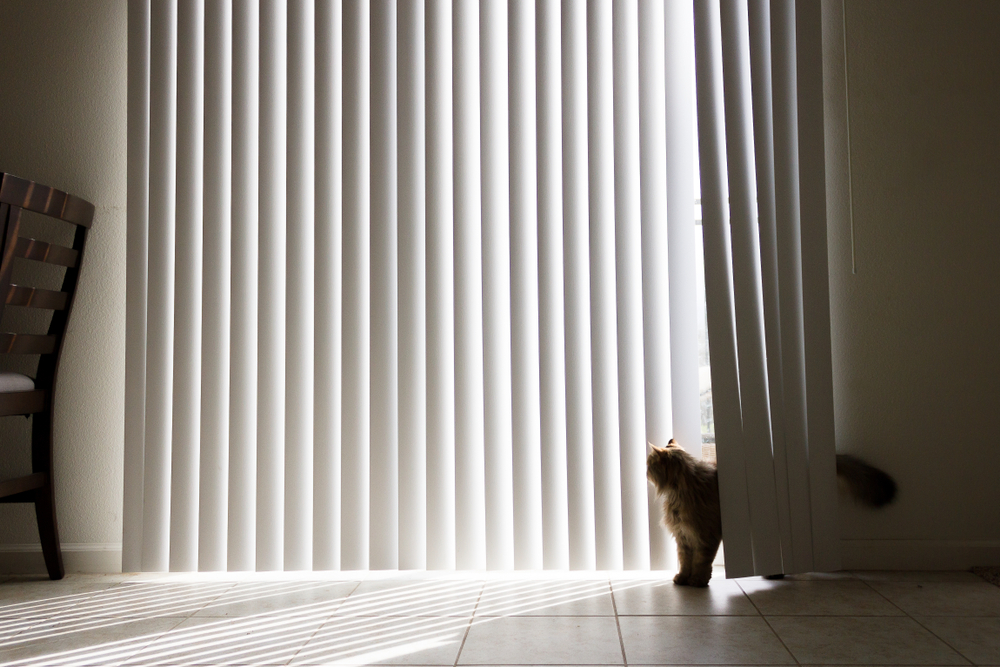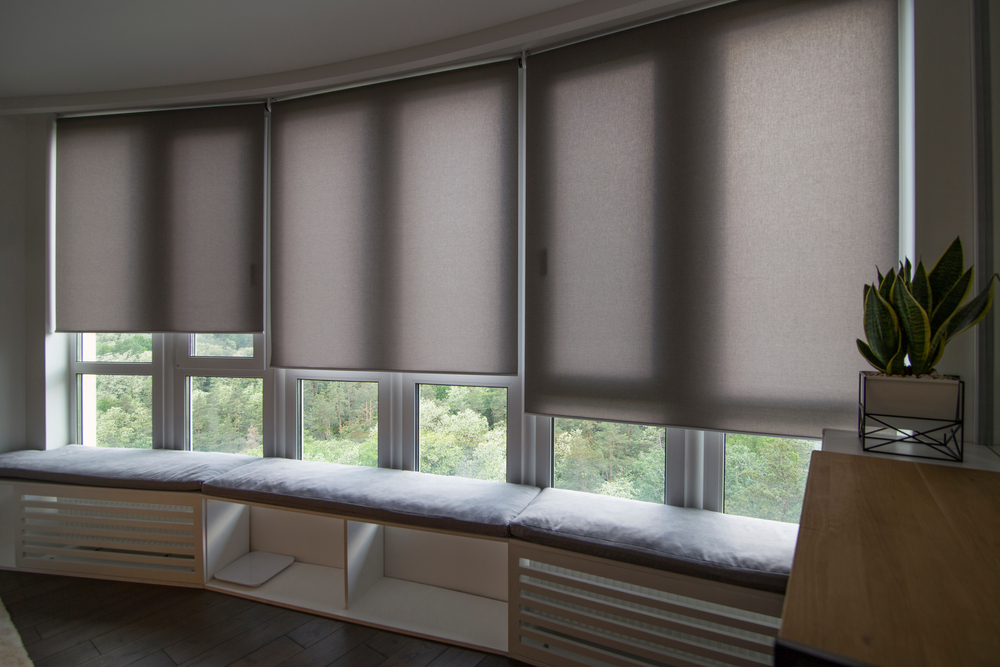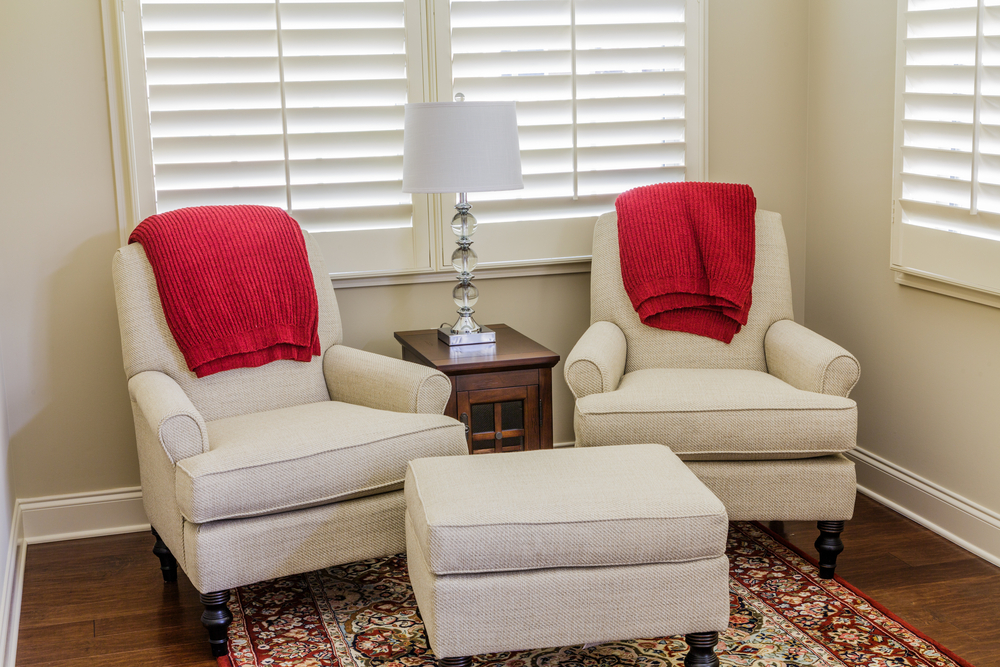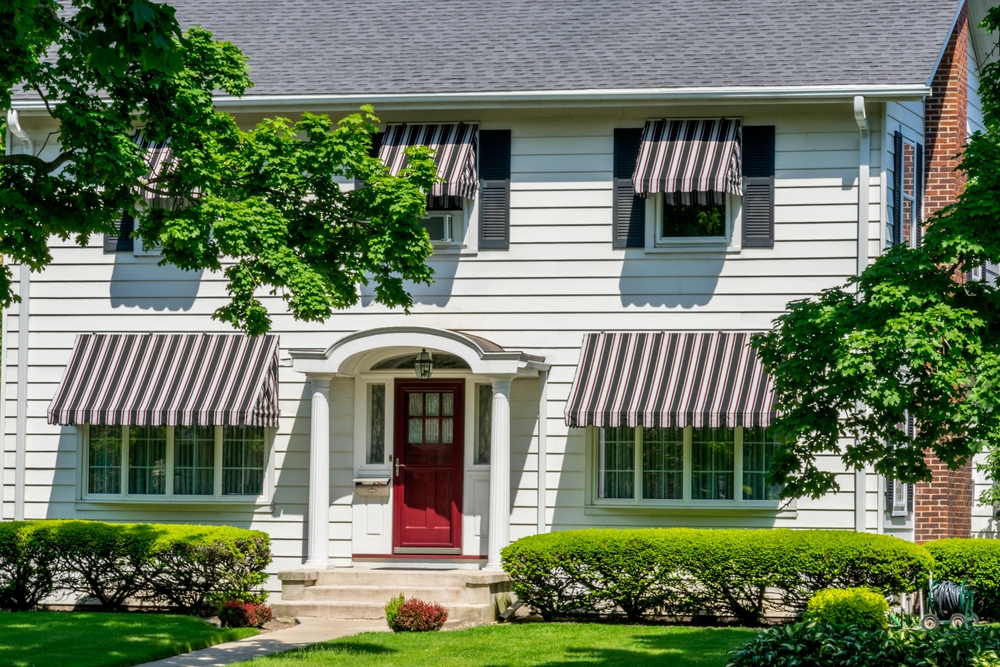These Energy-Efficient Window Treatments Help Maximize Comfort Year-Round
Heating and cooling uses the most energy in the home. For this reason, homeowners might look for ways to better insulate their home and maximize energy efficiency. The windows could be a window to energy waste.
Window treatments can add protection to windows and aid their energy-efficiency. Choose these energy-efficient window treatments to keep the home comfortable all year:
- Cellular shades
- Vertical/horizontal blinds
- Roll-up blinds
- Plantation shutters
- Blackout curtains
Cellular Shades: The Most Energy Efficient Window Treatment
According to the Department of Energy, the most energy-efficient window covering option is insulated cellular shades. These interior window treatments have the best R-value.
During the hot summer months, the Department of Energy notes that these coverings“…can reduce unwanted solar heat through windows by up to 60%, reducing the total solar gain to 20% when installed with a tight fit.” When used in cold winter months, cellular shades also provide a 40 percent reduction of heat loss and can save homeowners about 10 percent.
These shades aren’t incredibly expensive. Homeowners can find these window coverings for less than $50 on some online sites. For extra protection, homeowners might opt for blackout cellular shades. These might be a bit more expensive.

Vertical/Horizontal Blinds
Standard blinds are common window coverings and homeowners can find them in wood or plastic. Some are incredibly durable and sturdy, but others are a bit flimsier in their construction.
These blinds provide homeowners with the option to control light in a space. Blinds can be opened completely or adjusted to allow a bit of sunlight into a space.
Standard blinds can range in price, but homeowners can find many inexpensive options.

Roll-Up Shades
Roll-up shades provide an entire sheet of coverage over a window. Unlike vertical/horizontal blinds, homeowners might not have as much control about the amount of light (and heat) that enters their space.
However, good quality shades can provide blackout coverage to keep light from entering a room. These blinds might be a good choice for those who need to sleep during the day, especially when combined with blackout curtains.
The Department of Energy notes, though, that these roll-up shades offer only minimal insulation. They might block light, but they could still cause energy loss.

Plantation Shutters
These types of window coverings are typically a permanent fixture over windows. They aren’t included in the Department Energy’s window covering roundup.
Plantation shutters are often made of wood and allow homeowners the same amount of light control as standard horizontal blinds. However, unlike horizontal blinds, plantation shutters cannot be lifted up to maximize light in a space.
For homeowners that prefer blinds, AAA plantation shutters are noted as the most energy-efficient type of blinds.
Blackout Curtains
Blackout curtains can help maximize energy efficiency when combined with other window coverings. The benefit of blackout curtains, though, is that they keep sunlight out of the room. This can make a room feel cooler, but it also can aid those who need to sleep during the day.
While blackout curtains don’t necessarily insulate the home, they can provide shade for homeowners during hot summer days.

Exterior Window Treatments
While most homeowners consider window treatments to be curtains and blinds that cover their windows inside the home, there also are exterior window treatments.
Homeowners can install awnings to shade the windows from the outside. This can help aid energy efficiency by decreasing the amount of heat that seeps into the home. The Department of Energy explains: “Window awnings can reduce solar heat gain in the summer by up to 65% on south-facing windows and 77% on west-facing windows.”
Exterior shutters also could help reduce heat into the home. Homeowners might explore the price of these options, especially if they live in a region that is extremely hot during the summer (or year-round).
Maximize Energy Efficiency with Window Treatments
While window coverings could help homeowners reduce energy waste, combining an energy-efficient window treatment with energy-efficient windows could make the most impact on minimizing energy waste.
However, new windows are an expensive upgrade for homeowners. Some might not wish to replace their windows until it’s necessary. Instead, they might opt for energy-efficient window treatments like blinds and shutters to help insulate their windows and reduce energy waste.
Homeowners who are trying to minimize energy waste, though, also could use window film to help provide more insulation for windows. This film is easy to apply and could provide homeowners with a bit more protection during hot summer months and cold winter months to help seal older windows.


